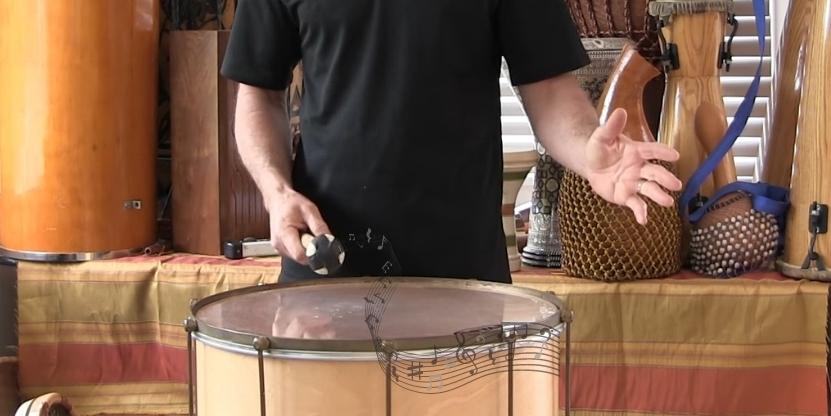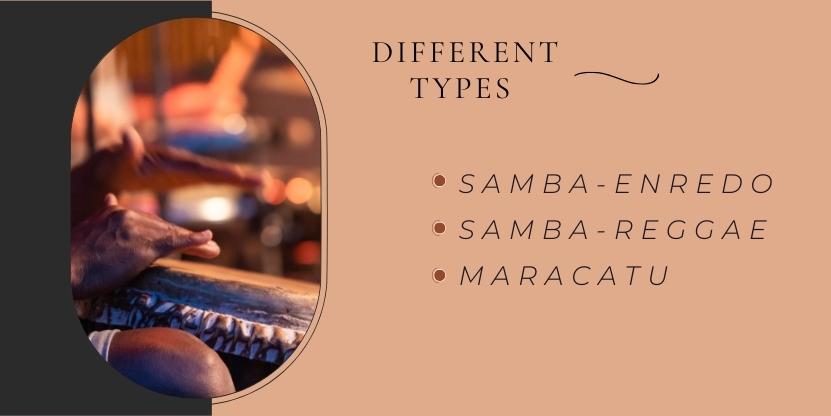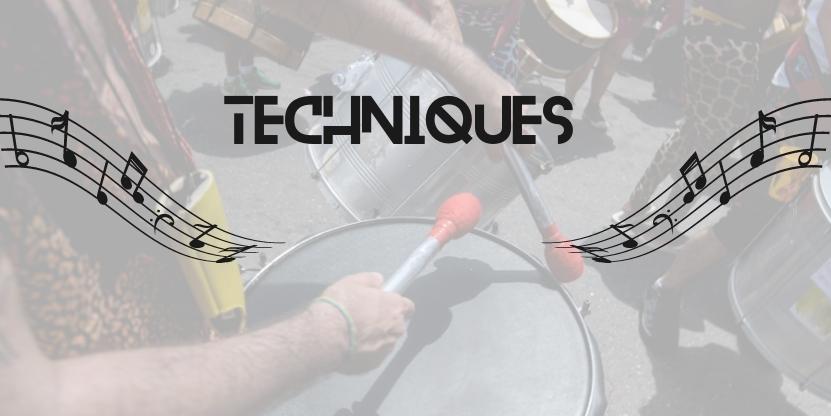Imagine the pulsating rhythm of a parade coursing through the streets of Rio De Janeiro, the vibrant and melodic cacophony that is the essence of Carnival, and at the heart of that beat is the Surdo. Often referred to as the heartbeat of Samba, the Surdo drum is a fundamental piece of Brazilian music culture. This article will delve into the fascinating world of this integral percussion instrument. It will explore its origins, distinctive features, its role in Brazilian music and offer a beginner’s guide to playing it.
The beauty of this instrument isn’t just in its deep, resonant tone. It’s in the way it brings people together, in the streets, at festivals, and in Samba schools across Brazil. Its reverberating rhythm provides the steady underpinning around which all other instruments and voices dance, giving Samba its trademark rhythm. So, whether you’re a seasoned percussionist or a curious novice, this exploration of the Surdo will provide you with a new appreciation for the instrument and possibly even inspire you to pick up the mallets yourself.
The History and Origins
The history of the Surdo drum is as rich and vibrant as the culture from which it sprang. It originated in Brazil, primarily used in different forms of Samba and other Afro-Brazilian music genres. Its creation can be traced back to the early 20th century when poor Afro-Brazilian communities began using discarded materials such as barrels to create musical instruments. Over time, these makeshift instruments were refined into what we now recognize as the Surdo drum.
The Surdo’s name, translating to ‘deaf’ or ‘mute’ in Portuguese, contradicts its powerful sound. The moniker is believed to have originated from the drum’s deep, low tone that, when played alongside other instruments, seems to absorb or ‘mute’ their sounds. Its unique resonance has made the Surdo an indispensable part of Samba and other Brazilian music genres.
The Anatomy

The Surdo drum, akin to a large bass drum, is typically made of wood or metal, with animal skin or synthetic drumheads on both ends. These drums can vary in size, with diameters ranging from 16″ to 26″ and depths from 40cm to 60cm. The larger the drum, the deeper and more resonant the sound it produces. This robust construction contributes to the Surdo’s powerful low-frequency sound.
The drum is typically played with a single, large, soft-headed mallet in one hand, while the other hand, or occasionally a second mallet, is used to dampen or modulate the sound. A unique feature of the Surdo drum is the adjustable tension of the drumhead. This tension can be modified using tension rods, allowing the player to manipulate the pitch and resonance of the drum, leading to a range of sound possibilities.
The Role in Brazilian Music

In Brazilian music, the Surdo plays a pivotal role. The rhythmic heartbeat of the Samba originates from this drum, which maintains the tempo and provides a consistent rhythm that guides the band. Samba music typically uses two or three Surdos, each playing a different rhythm, creating a complex, interlocking rhythmic pattern. This polyrhythmic interplay is the signature of Samba and other Brazilian music.
A larger Surdo, often referred to as the “marcação” or “first” Surdo, plays the fundamental rhythm or the ‘heartbeat.’ A smaller one, or the “resposta” or “second” Surdo, responds to this rhythm, providing syncopation. Sometimes, a medium-sized third Surdo is used, playing more complex rhythms and adding further richness to the music.
Learning to Play
While mastering the Surdo may take some time, the basics can be learned relatively quickly, even by those new to percussion. First, the Surdo player must learn to hold the drum correctly. The drum can be held in several ways, often strapped over the shoulder or around the waist, allowing it to be played standing up.
When it comes to playing, the Surdo rhythms are generally simple but must be played consistently and accurately. The dominant hand (usually right for right-handed players and vice versa) strikes the drum with the mallet, while the other hand is used to dampen the sound. By pressing this hand against the drumhead after a stroke, you can control the length of the sound.
As with any instrument, it’s essential to start slow and gradually increase your speed as you become more comfortable. Start by practicing the basic ‘heartbeat’ rhythm, commonly known as the “doom-doom, pause, doom-doom, pause” rhythm. Once you’ve got the hang of this, you can move on to more complex rhythms and syncopations.
The Different Types of Surdo Drums

When diving into the world of Surdo drums, it’s important to note that there are several types, each lending a unique sound to the music. The three main types of Surdo are the Samba-enredo, Samba-reggae, and Maracatu.
The Samba-enredo is the largest Surdo, usually ranging from 22″ to 26″ in diameter, and it plays the fundamental rhythm in Samba music. Its large size results in a deeper, more resonant sound that forms the backbone of the rhythm. The Samba-reggae Surdo is slightly smaller, typically around 18″ to 22″, and is known for a more melodic rhythm. Lastly, the Maracatu Surdo, often called the “Alfaia,” is typically made of wood and is used in the Maracatu music from the Northeast of Brazil. Each type of Surdo brings a unique flavor to the music, further enriching its rhythm.
Playing Techniques

While the basics of Surdo playing involve striking the drumhead with a mallet and dampening the sound with your hand, there are several techniques that players can learn to enhance their playing and create a variety of tones.
The most commonly used techniques are the open tone and the muted tone. An open tone is produced by striking the drumhead with the mallet and letting the sound resonate freely. On the other hand, a muted tone is achieved by pressing the non-dominant hand lightly against the drumhead while striking it, resulting in a staccato or ‘choked’ sound.
One important technique specific to the Surdo is the swing or “balanço.” This involves a slight delay in the rhythm that provides Samba music with its distinctive swinging feel. Achieving this swing is a subtle art that comes with practice and familiarity with the music.
Surdo Drums in Modern Music

While traditional Samba music remains the Surdo’s mainstay, its distinctive sound has not gone unnoticed in other music genres. Its deep and resonant tone can be found enhancing the rhythm in various forms of music, from pop and rock to jazz and electronic music. Modern drummers often incorporate it into their drum kits, providing a unique depth and variety to their sound.
In addition, the advent of hybrid and electronic drums has seen the Surdo sound being sampled and used in electronic music production. This broadening usage of this drum showcases its versatility and the global appreciation for its distinctive sound.
Closing Thoughts
The Surdo is more than just a drum; it’s the heartbeat of Brazilian culture, the powerful pulse driving Samba and other Afro-Brazilian rhythms. Learning to play it can be a rewarding endeavor, providing an entry into a vibrant and rich musical tradition.
Whether you’re an aspiring musician, a seasoned drummer looking for a new challenge, or just someone intrigued by the captivating culture of Brazil, this drum offers a rhythm that resonates with all.